6 Ways to Get Live Culture for Your Fermented Vegetables
If you are new to fermented vegetables having a live probiotic culture can ensure that you have the right Lacto-bacteria to colonize your fermented vegetables each and every time. Here are 6 ways you can get the right live culture for your fermented vegetables.
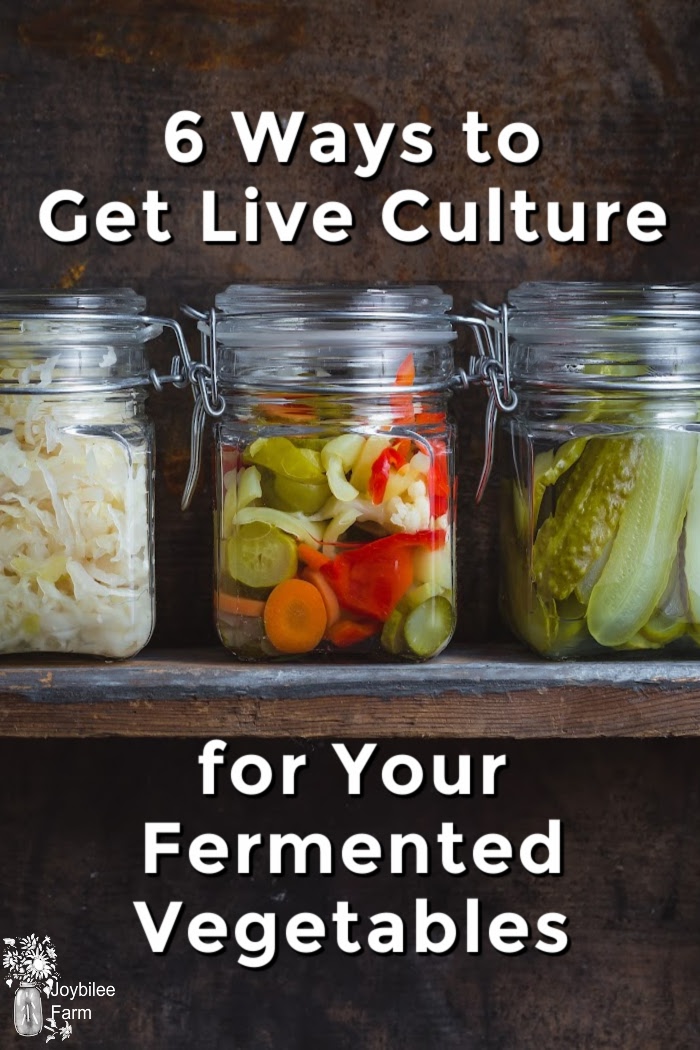
Do you need a live culture to begin your vegetable ferments as you do for yogurt, kefir, and other dairy ferments?
Not necessarily. The Lacto-bacteria is already present on the skin of many vegetables like cabbage and kale. If you have a probiotic-rich kitchen that has seen many successful ferments already you may not need any additional help to get the right bacteria in your ferment. It will already be present in the air of your home.
But investing in a starter culture can prevent unwanted bacteria from colonizing your ferment prematurely before the right Lacto-bacteria takes hold.
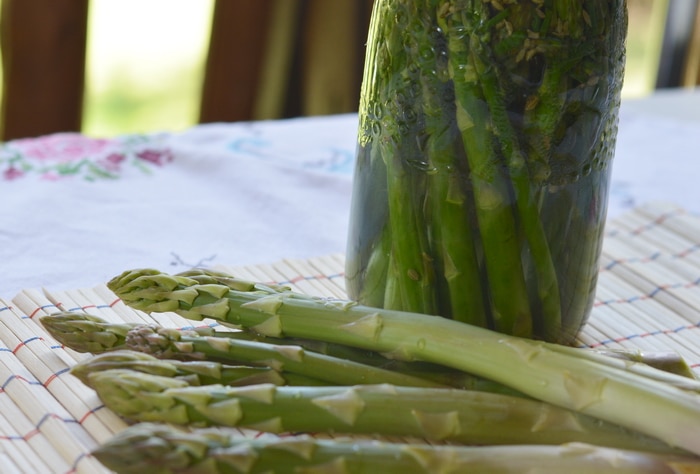
When is it a good idea to use a starter culture instead of just winging it?
- If you’ve had a few unsuccessful batches of fermented veggies
- If your pickles turned out mushy instead of crisp
- If your preserved lemons ended up with mold floating on the top of the brine
- If your house is immaculate and you’ve never made a ferment before
- If you want to reduce the amount of salt in a fermented veggie recipe
- If you are afraid of wild bacteria and want to ensure that ONLY good bacteria inoculates your veggies
- If you are impatient to get your jar of small-batch fermented veggies ready to eat quickly
- If you have a commercial operation and need a uniform product for sale
The Right Probiotic Culture
While you can try your luck at making fermented kimchi, sauerkraut, kosher dills, and pickled carrot sticks without any added culture. Adding the right probiotic culture to your brine can ensure success, shorten the time it takes to ferment vegetables, as well as allow you to use less salt in a batch of fermented vegetables.
Typically with a starter culture, you can use just 2 teaspoons of salt per quart of raw vegetables and brine, instead of 1 tablespoon or more. Using a starter culture also gives you more uniform results. And uniformity is important when you are making ferments for school lunches day by day.
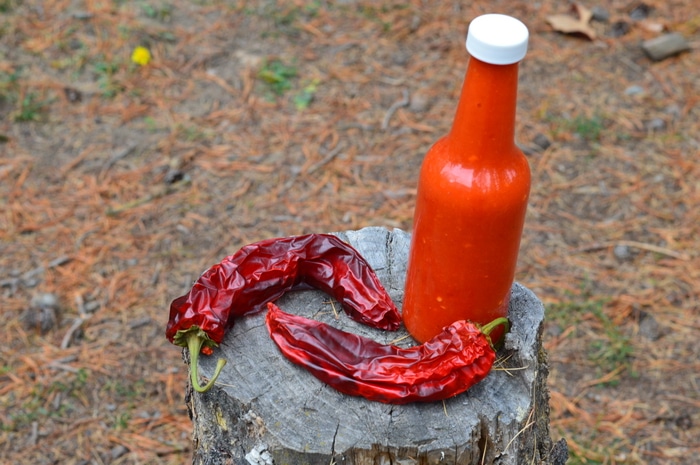
If this is your very first batch of fermented vegetables you won’t have a batch of successful ferments to use as a starter culture. No problem. Here are 6 ways to get a tablespoon of active Lacto-bacteria for your first batch of kosher dills or carrot sticks. Once you’ve got it working, you can take a tablespoon from that batch and innoculate your next batch, just like you do for sourdough or yogurt.
6 ways to find a starter culture for fermented vegetables
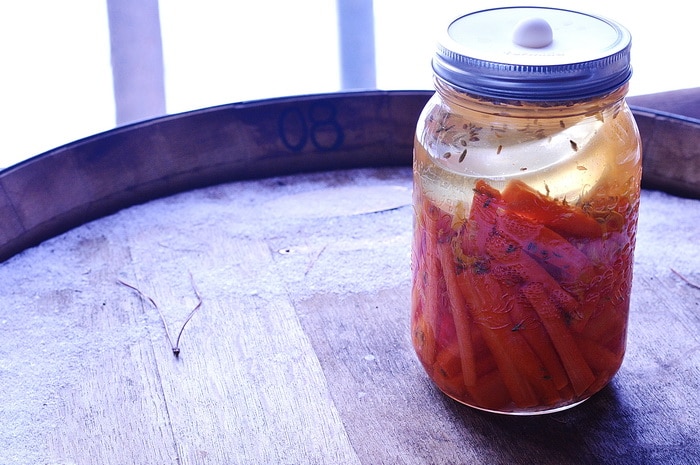
1) Use whey that you can drain from a batch of live culture yogurt
Simply line a colander with a cheesecloth and set the colander over a bowl or large measuring cup. Pour your yogurt in the colander, the whey will drip out the bottom. What you have left in the cloth-lined colander is labneh, a delicious, creamy cheese. Use the whey to innoculate your pickles or kraut. Use the labneh to make Tzatziki Sauce.
2) Buy kimchi, kosher dills, sauerkraut with live culture
You’ll find this in the refrigerator section of your organic food store. Look for a label that says it has a live culture. Use a tablespoon of the juice to inoculate your own batch of pickles or sauerkraut and you can keep it going indefinitely.

3) Use a cabbage leaf
Press a cabbage leaf down under the brine at the top of the jar. Cabbage has the correct bacteria already on the leaves. By using the cabbage leaf under the weight, below the surface of your ferment brine, the good probiotics will naturally infuse your ferment.
4) Use a supplement
The correct Lacto-bacteria can be found in the supplement section of your health food store. If it is a quality supplement it will be kept in the refrigerator section. Just empty the contents of this quality probiotic supplement capsule into your brine. Stir the brine to distribute well and then pour it over your vegetables in the jar or crock. If you can’t find it at your local health food store this one from Amazon is recommended. Look for one that says “live cultures”
5) Buy it on Amazon
Yes, Amazon carries a live starter culture for fermented vegetables. There are several to choose from. Once you have it going you can use a tablespoon of brine from a successful batch, so you only need a small packet of starter for success.
6) Ask a friend
Someone who has done successful ferments may trade you a pint of fermented vegetables for a pint of jam, jelly, or even a loaf of bread. Then use the juice from your friend’s fermented veggies to inoculate your own.
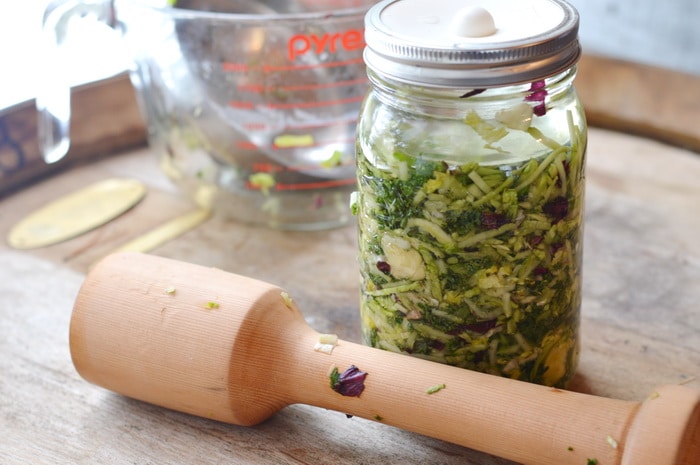
A Word of Caution
Using the correct inoculation will give you crisp pickles and clear brine. If the pickles are mushy, you might have the wrong bacteria in the jar. It’s not a calamity. If it smells all right and there’s no mold, it won’t harm you. But your pickles will stay crunchier and your sauerkraut will taste better if you have the correct Lacto-bacteria working in your batch. Don’t use the brine from a batch of mushy pickles to make more pickles. Get a different starter. You’ll be happier with the results.
Lacto-fermented recipes to get you started:
- Fermented carrot sticks
- Easiest Sauerkraut
- Low Salt Fermented Veggies
- Kosher Dills
- Salt Preserved Lemons
- Lacto-preserved herbs
- Pickled asparagus
- Pickled rhubarb
- Fermented hot sauce
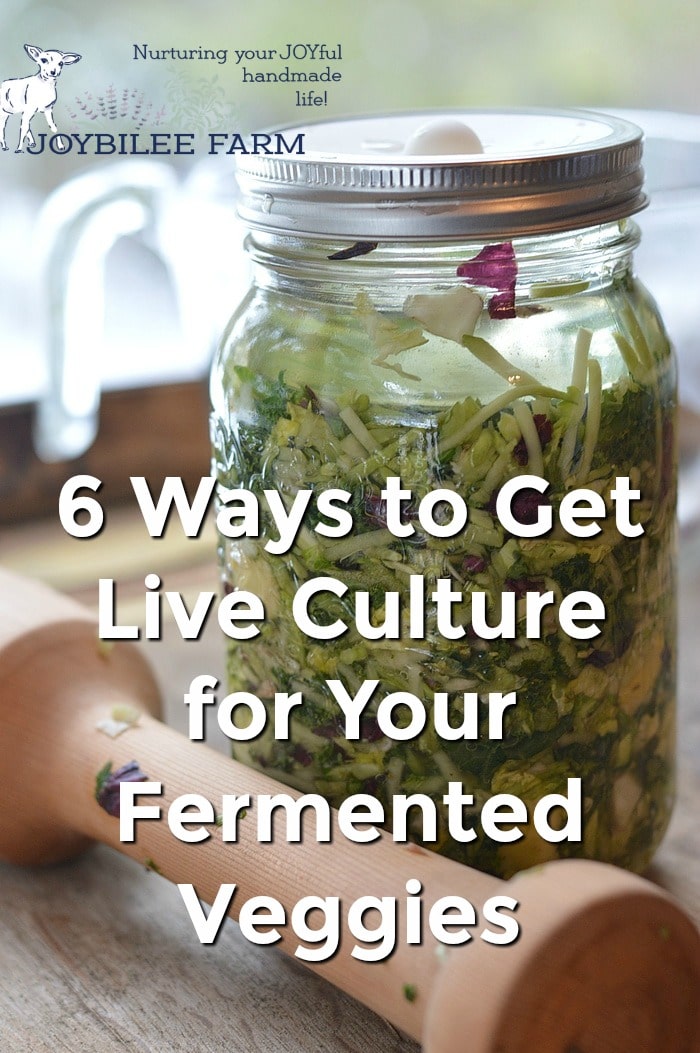
More Lacto-fermented Resources:
I found a couple of comprehensive resources to help you with your Lacto-fermentation
Learn to Ferment Vegetables: 50+ Recipes to Get You Started (Attainable Sustainable)
and My three favourite fermentation cookbooks:



I would use kimchi brine only to start another strongly flavored ferment. But it would work as a starter for sure.
Hi! Thanks for this article! I’m hoping to makensome fermented ketchup, but I’ve never made a fermented sauce before. I read that because you don’t submerge sauces in brine, you need to start with a culture, like water kefir or saurkraut brine. I love kimchi, and I’m interested in the flavour it could impart. Is kimchi brine effective as a starter?
They should
Do you know if other brassicas will have the right starter bacteria? I am specifically asking about collards, but also thinking of others, kale, cauliflower, etc. thank you for all the great articles.